Researchers at DTU have developed a new kind of electronic material that behaves almost exactly like human skin. The substance could be useful in soft robotics, medicine, and health care.
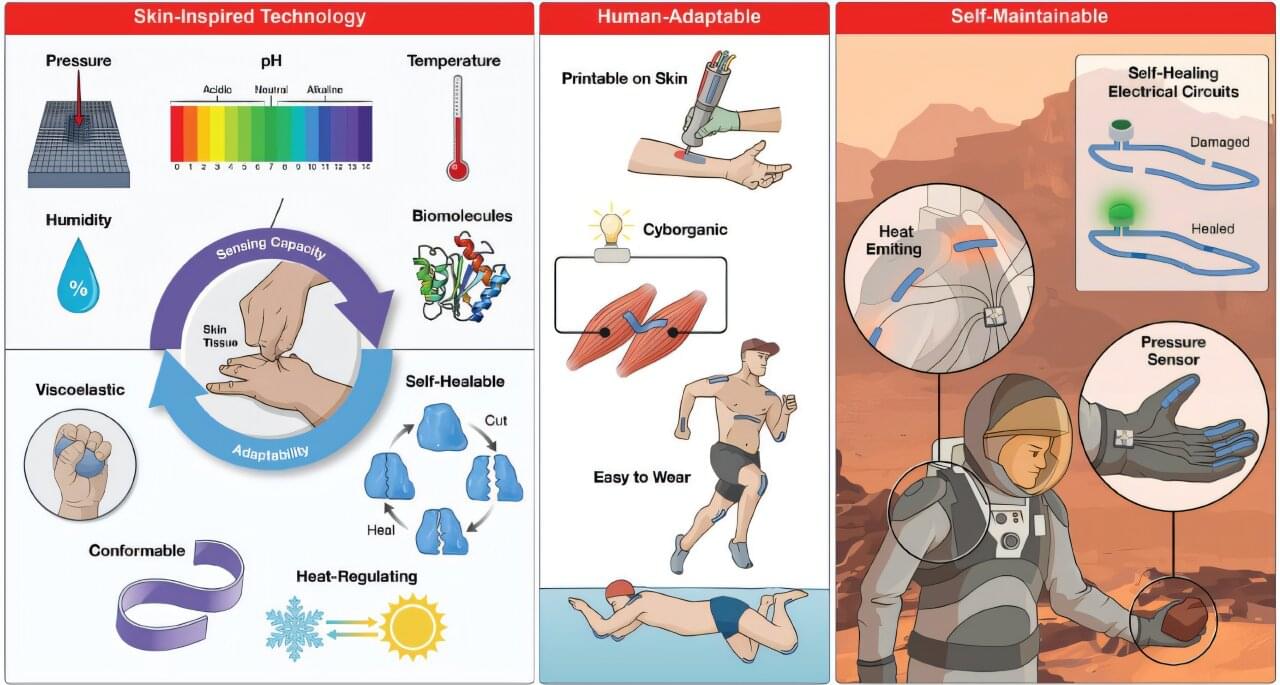

5k words, 23 minutes reading time
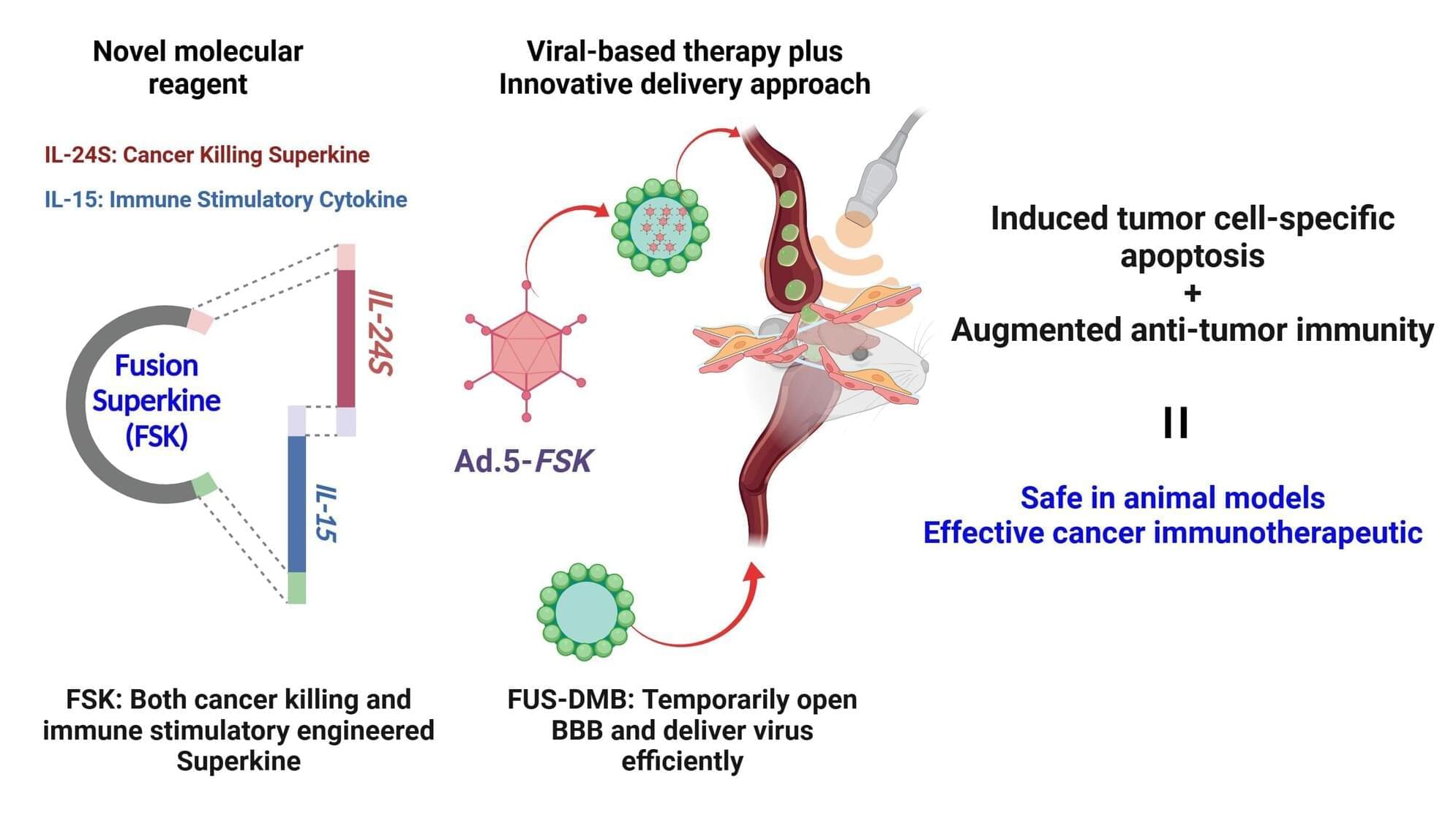
Researchers at VCU Massey Comprehensive Cancer Center and the VCU Institute of Molecular Medicine (VIMM) have discovered a new and potentially revolutionary way to treat glioblastoma (GBM), the most aggressive type of brain cancer, which currently has no curative treatment options.
In a study led by Paul B. Fisher, MPh, Ph.D., FNAI, and Swadesh K. Das, Ph.D., recently published in the Journal for ImmunoTherapy of Cancer, researchers created a new molecule that demonstrates the ability to introduce a combination of treatment outcomes—direct toxicity and immunotoxicity—to kill the tumor while exploiting immunotherapy to potentially prevent the recurrence of GBM. The new molecule, a fusion superkine (FSK), contains dual-acting therapeutic cytokines in a single molecule.
“This is the tip of the iceberg,” said Dr. Fisher, the Thelma Newmeyer Corman Endowed Chair in Cancer Research at Massey, director of the VIMM and professor in the Department of Cellular, Molecular and Genetic Medicine. “We’re optimistic that our first trial in brain cancer, planned for 2026, will show that the IL-24 gene and these therapeutic viruses are effective and safe. And [the FSK] will be the one knocking it out of the ballpark.

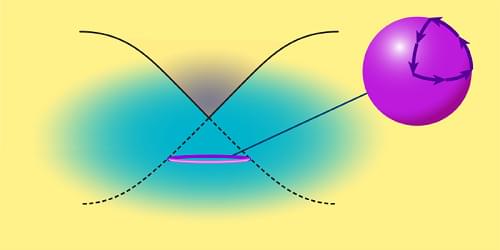
Contrary to conventional wisdom, so-called order parameters that distinguish symmetry-governed phases of matter can have topological structure.
From materials developing magnetization patterns to metals becoming superconductors, a wide range of phase transitions can be qualitatively described by a single framework known as Ginzburg-Landau theory [1, 2]. This framework generally assumes that a key quantity in its descriptions, called an order parameter, has trivial topology. But now, Canon Sun and Joseph Maciejko at the University of Alberta, Canada, have shown that order parameters can have hidden topological structure [3]. The researchers have developed an extension to Ginzburg-Landau theory that incorporates such hidden topology, revealing features absent from the original framework.
Symmetry constitutes a fundamental concept in physics. It appears in many guises but is especially important when studying how interactions of countless microscopic constituents give rise to macroscopic order in condensed-matter systems. For example, below a critical temperature, an ordinary magnet has a net magnetization because its spins all align in the same direction, breaking rotational symmetry. If the magnet is heated above that temperature, it loses its magnetization as its spins point in random directions, restoring rotational symmetry.

A concept based on an exotic effect in periodic structures may be useful for developing future photonic devices.
A new way to marshal light within optical devices has been demonstrated experimentally by researchers in China. They have been able to induce light to organize itself into specific patterns of pulses as it circulates within a pair of optical fiber loops using a version of a phenomenon—called the non-Hermitian skin effect (NHSE)—that has been predicted but not observed previously [1]. The effect could be used to control light signals in photonic devices such as switches and routers.
In the standard theory for electron behavior in a metallic crystal, the periodic atomic structure leads to so-called Bloch waves—electron quantum states that spread across the entire crystal. But in recent years, theorists have found surprising results for a scenario in which one assumes that a particle such as an electron hops between neighboring sites in a periodic lattice asymmetrically—say, rightward hopping is more probable than leftward hopping. The particle’s quantum states become localized at the edge or surface of the lattice rather than spreading across it. This localization is the NHSE.

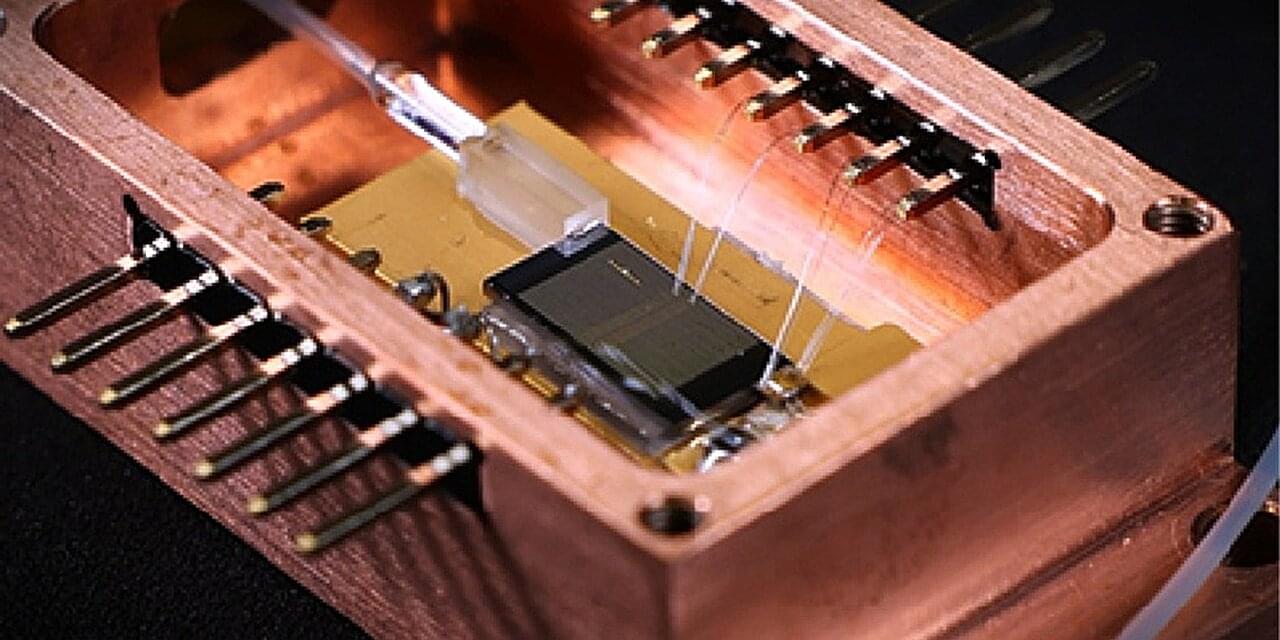
Laser technology is used in many areas, where precise measurements are required and in communication. This means that they are important for everything from self-driving cars to the fiber optic internet and for detecting gases in the air.
Now, a research group has come up with a new type of laser that solves several problems associated with current-day lasers. The group is led by Associate Professor Johann Riemensberger at NTNU’s Department of Electronic Systems.
“Our results can give us a new type of laser that is both fast, relatively cheap, powerful and easy to use,” says Riemensberger.
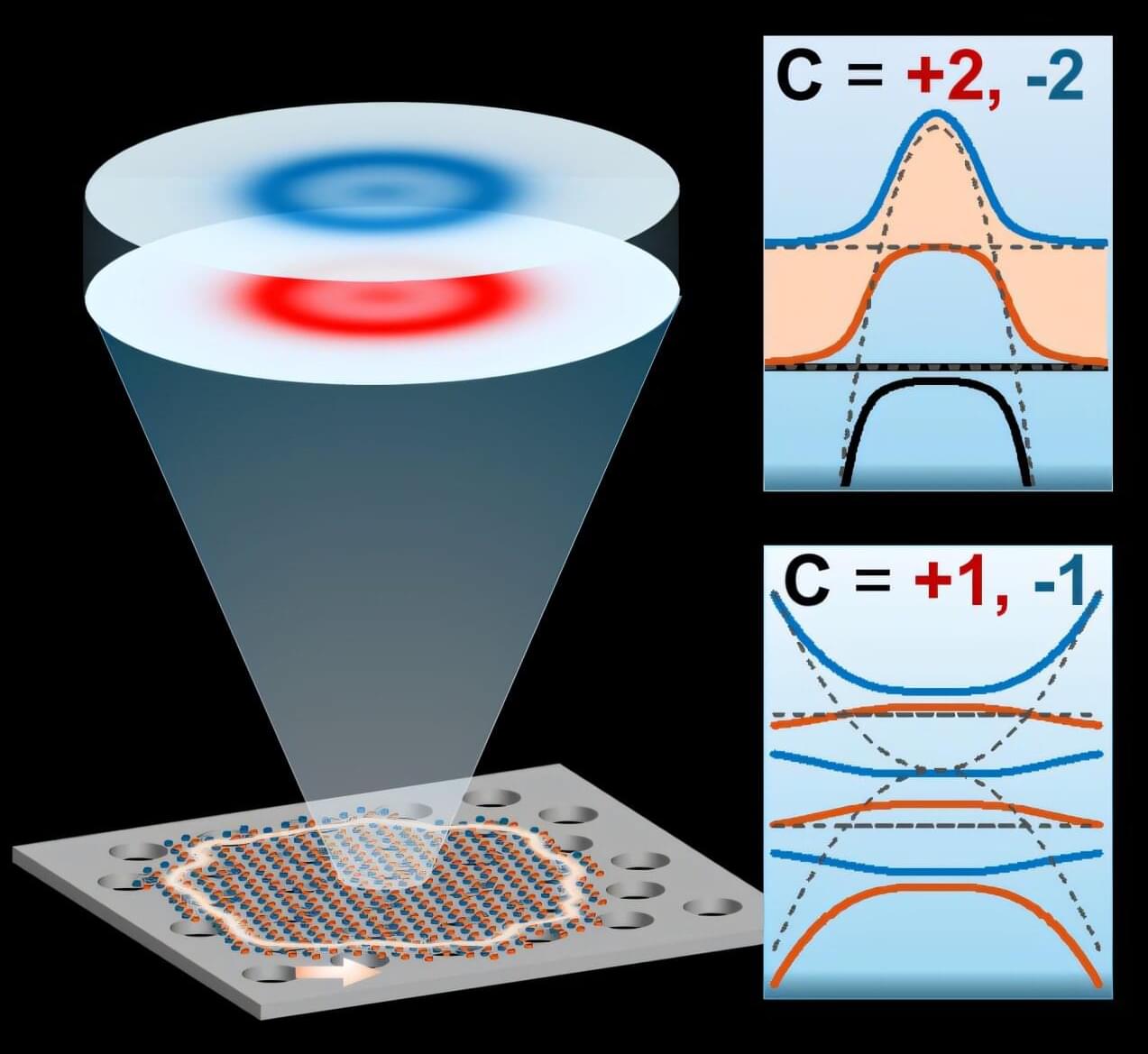
The candidate pool for engineered materials that can help enable tomorrow’s cutting-edge optical technologies—such as lasers, detectors and imaging devices—is much deeper than previously believed.
That’s according to new research from the University of Michigan that examined a class of materials known as topological insulators. These materials have exciting and tunable properties when it comes to how they transmit energy and information.
“We see this as a step toward building a more versatile and powerful foundation for future photonic technologies,” said Xin Xie, a research fellow in the U-M Department of Physics and lead author of the recent study in the journal Physical Review X.
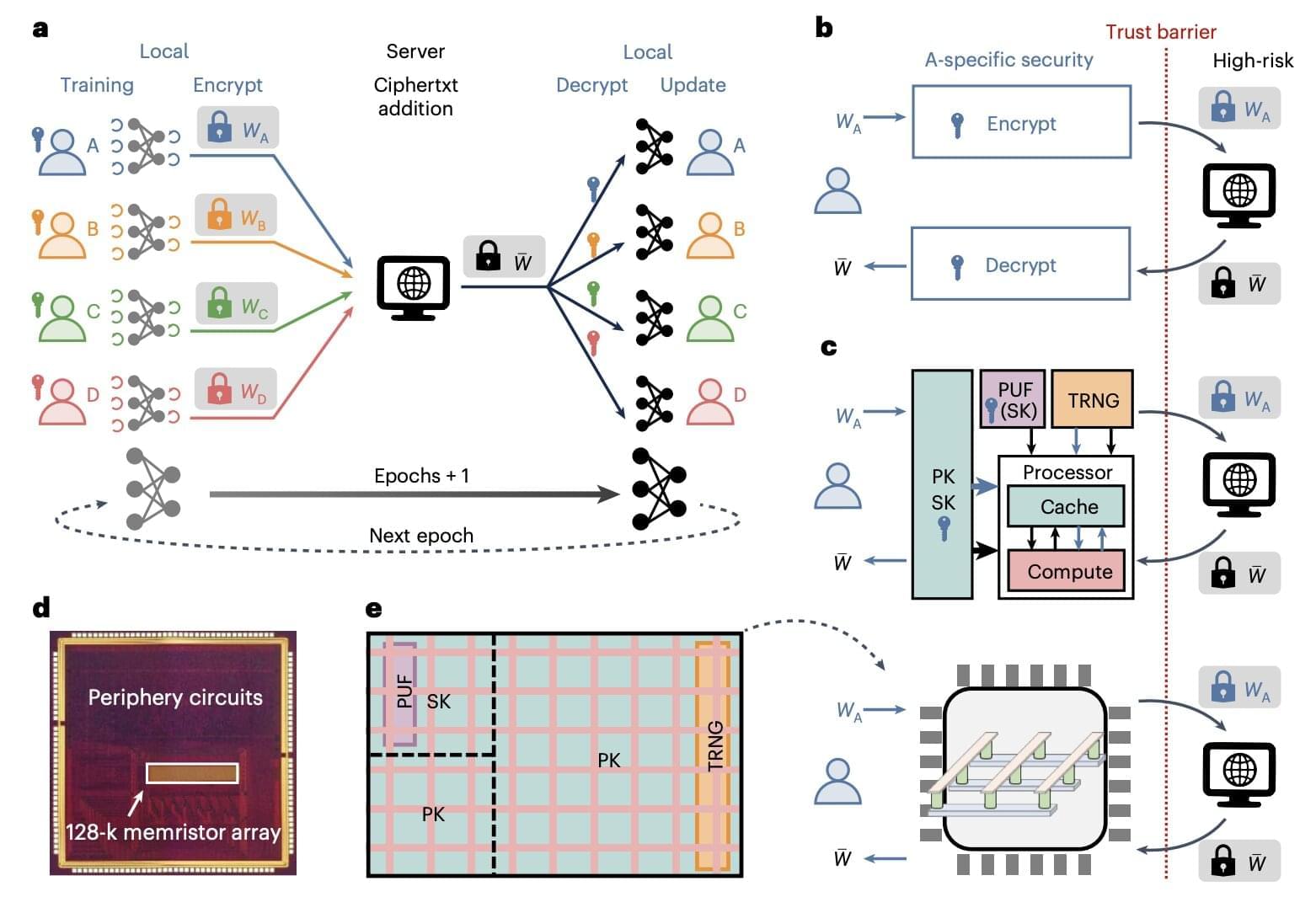
In recent decades, computer scientists have been developing increasingly advanced machine learning techniques that can learn to predict specific patterns or effectively complete tasks by analyzing large amounts of data. Yet some studies have highlighted the vulnerabilities of some AI-based tools, demonstrating that the sensitive information they are fed could be potentially accessed by malicious third parties.
A machine learning approach that could provide greater data privacy is federated learning, which entails the collaborative training of a shared neural network by various users or parties that are not required to exchange any raw data with each other. This technique could be particularly advantageous when applied in sectors that can benefit from AI but that are known to store highly sensitive user data, such as health care and finance.
Researchers at Tsinghua University, the China Mobile Research Institute, and Hebei University recently developed a new compute-in-memory chip for federated learning, which is based on memristors, non-volatile electronic components that can both perform computations and store information, by adapting their resistance based on the electrical current that flowed through them in the past. Their proposed chip, outlined in a paper published in Nature Electronics, was found to boost both the efficiency and security of federated learning approaches.